Cucumbers Gunnar F1: description and cultivation technology
One of the cucumber varieties recommended by experienced gardeners with good performance and excellent qualities is the Dutch variety Gunnar F1. Seed material is marked by amicable germination, and the finished harvest pleases the owners of the personal plot already in 1-1, 5 after the start of the growing season.
At the same time, the variety is noted for high yield rates. In terms of taste, the cucumber of this variety is good both for fresh salads and for pickling and pickling. The skin is not tough, and the flesh of the cucumber is not loose without the bitterness inherent in many varieties.
Content:
- Description of the variety
- Sowing seedlings
- Transfer to the ground
- Daily care
- Diseases and the fight against them
Description of the variety
Gunnar F1 cucumbers are well suited for full-fledged greenhouses, as the stems are tall, but the side shoots are rather short. If the plant is provided with the necessary care and stable climatic conditions, then ripe fruits can be harvested every 2-3 days.
Fruit characteristics:
- cucumber length 12-15 cm
- cylindrical shape, rounded at the ends
- the color ranges from bright green to green
- bumpy skin
Gunnar belongs to the parthenocarpic varieties, that is, those who do not require pollination, the fruits are tied without this process. The type of flowering in the cucumber ovary is female and it is formed according to the bouquet type, that is, from 2 to 4 fruits are located on one node.
The advantages of the Gunnar variety include the following points:
- cucumbers are great for long transportation
- perfectly stored for a long time under the right storage conditions
- show a good harvest when grown according to the system - open ground
- do not become barrel-shaped when outgrowing
Disadvantages may include the relatively high cost of seed, as well as the plant's susceptibility. powdery mildew.
Sowing seedlings
An experienced gardener understands that harvesting a decent harvest is the result of hard work, no matter how unpretentious the plant is. Therefore, it is necessary to nurture the garden culture already from the "nursery". Before planting, it is best to soak the seeds in a biofungicide such as Fitosporin-M. This will serve as a good antibacterial prophylaxis for the future plant.
Soil requirements:
- the soil composition must be loose, so that a gentle sprout can break through its way out
- the ground temperature during planting and before the first green shoots appear should not fall below 27 C, this is the optimal temperature for the proper development of Gunnar cucumbers
- the earthen lump should not dry out, but an excess of moisture harms the plant. Therefore, the arrangement of the boxes for germination requires good drainage, an irrigation system by spraying, as well as covering the boxes on top with either glass or plastic wrap.
After the seedlings have appeared above the surface, the ambient temperature should be gradually reduced to lower parameters. In a few days, it is necessary to bring it to the following indicators:
- morning / afternoon - 20 C
- evening / night - 19 C
It is important to note that transplant the cucumbers to a permanent location after the third leaf appears. Otherwise, the plant will not tolerate transplanting well, the number of weak and sick among cucumber seedlings will increase. Seedling care consists in watering when the upper soil layer dries out.Watering should be done carefully, with soft and warm settled water.
Transfer to the ground
If it is rainy and cool outside on the day scheduled for transplanting seedlings, then it is better to postpone the procedure to a sunny day. Despite the fact that the seedlings will live in a greenhouse, the temperature there will still be much lower than on a warm home windowsill. Although many gardeners practice two to three days of night and morning heating of greenhouses. This helps the plants to harmoniously integrate into adulthood and it is easier to endure the change of scenery.
Moreover, then all forces will be directed to the formation of the plant, and not their own heating. Heating can be carried out both with the help of a pre-installed stove-stove, and by placing an oil radiator in the greenhouse.
Before transplanting, it is necessary to lower the temperature in the home seedling greenhouse and bring it to the average daytime outside temperature.
And also, before young cucumbers are planted in new soil, it must be shed well and warmed up to 21-22 C. Seedlings should be watered every other day exclusively in the trunk circle and only with warm water. A wonderful practice is a good method used by some gardeners, when not the plant is sprayed with biofungicides, but the walls of the greenhouse from the inside. Thus, the necessary moisture is created and at the same time the plant is in a protected cloud.
As the stem is pulled out, it is necessary to garter the plant. For this, strings are pulled from a durable material near each stem and the stem is attached to this string with a soft loop. Further, the cucumber is tied up as it grows.
Daily care
The above advantages of this variety include the ease of caring for it. Due to the fact that the side shoots are rather short, the stems do not form sloppy thickets, but grow in even rows. The lower leaves should be removed as they age.
For Gunnar F1 it is best to use drip irrigation system, if this is not possible, then it is better to place the barrel for settling the water in a greenhouse, but be sure to cover it, otherwise it will serve as a watering hole for all kinds of insects, then it will take a long time to clear the top layer of them. But you need to close the barrel with a lid with a ventilation hole. And also once every one and a half weeks, the barrel must be completely drained and rinsed well with a strong solution of potassium permanganate.
Weed vegetation is best removed more often so that it does not take food from the cucumbers.
In order for the plant to develop correctly and give results in the form of abundant ripening of fruits on the stems, it is necessary to properly feed the culture. But approval is required throughout the life of a cucumber:
- when transplanting cucumbers into a greenhouse, an ammophoska must be placed under each stem. For 1 sq. m of soil is 25 gr. this fertilizer
- two weeks after the move, it is good to offer the plants nitrogenous fertilizers. The first option: superphosphate 60 gr is diluted in 10 liters. and urea 20 gr. The composition of the second option: ammonium nitrate, superphosphate, potassium salt (all 10 grams) per 10 water.
- additionally, you can use rotted cow / chicken or fresh horse / goat manure
- the next feeding takes place before flowering. Ingredients: potassium and ammonium nitrate 20 g each, superphosphate 40 g, water 10 l.
- it is useful to sprinkle the soil after watering before loosening ash from wood residues
- during the ripening of cucumbers, the plant is especially active in consuming vitamins. Fertilizer should include potassium and magnesium, but nitrogen should be reduced. 1 tbsp. l. Dilute nitrophosphate in 10 liters of water. Fertilize after the first fruits have appeared
- phosphorus compounds activate their activity after a couple of weeks, for example, a lack of potassium will seriously affect the taste of fruits, since the production of vegetable sugar will be slowed down, but if potassium nitrate is added in time, then the cucumbers will be delicious
Attention! The plant takes up a lot of nutrients, so each additional feeding should be done every week.
Diseases and the fight against them
A strong, well-groomed plant in a pre-treated greenhouse has little chance of getting sick, but still, if such a nuisance occurs, the enemy must be recognized and know how to deal with it:
- downy mildew is a fungal disease that affects the entire crop. To prevent the spread of the disease, it is necessary to maintain a temperature of at least 24 C, and a humidity of 85 C and above
- powdery mildew is also a fungal disease. Reduces the yield of greenhouse cucumbers by 60%. It responds well to treatment if drugs are used against this disease
- cladosporiosis - mainly affects the cucumbers themselves, although leaves and stems are affected, but to a lesser extent. Goes away when using copper-containing preparations
Gunnar F1 cucumbers are the best choice for both novice gardeners and those who have been practicing land cultivation for a long time. It is important to remember that overloading the greenhouse with different varieties will lead to confusion, it is better to try varieties gradually, as a result, stopping at a long-tested option that meets all the needs of a vegetable grower.
More information can be found in the video:



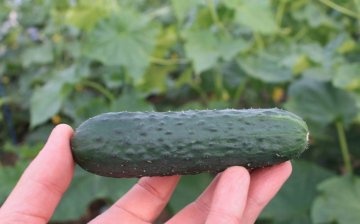
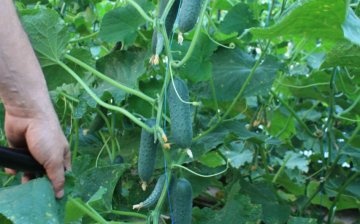
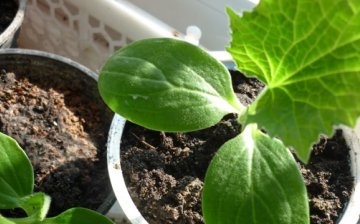
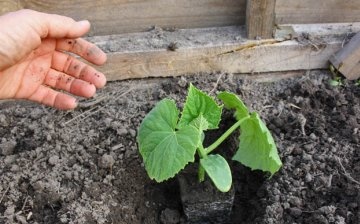
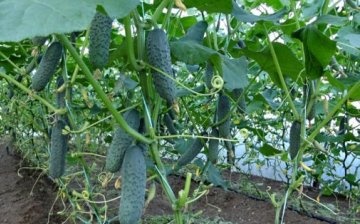
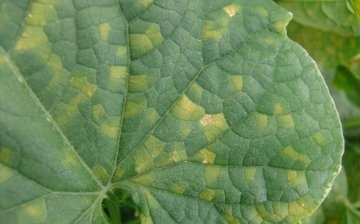






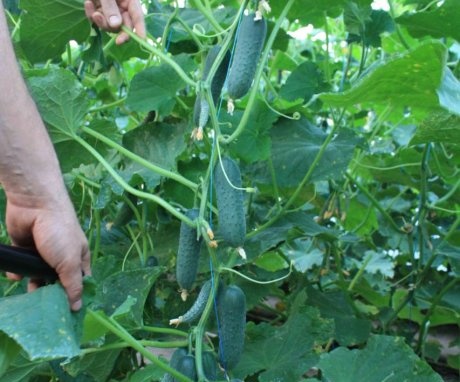
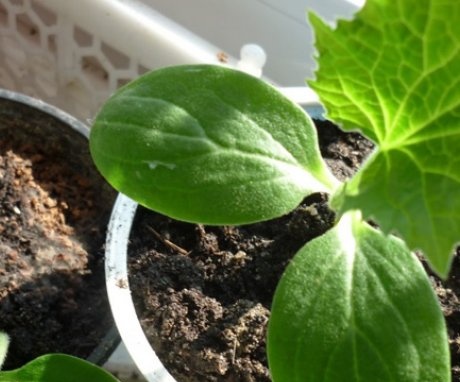
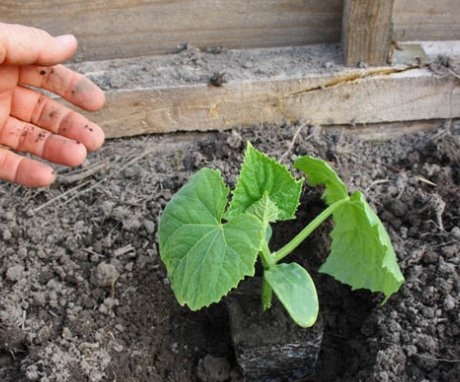
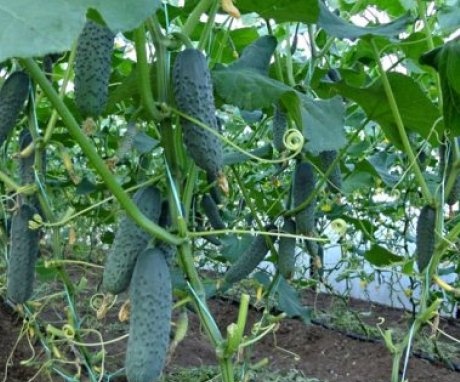
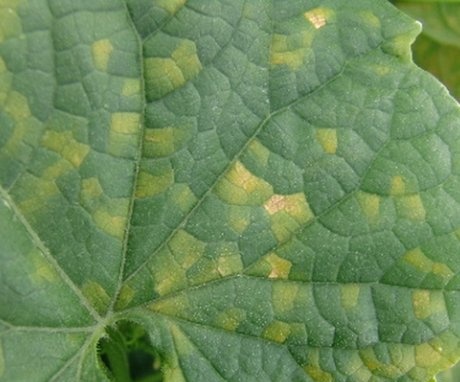
I, such a hybrid variety of cucumbers, have not yet planted, but judging by the photo, its yield is very high. I have not seen cucumbers so abundantly grown on the vine. We need to look for this variety next year.